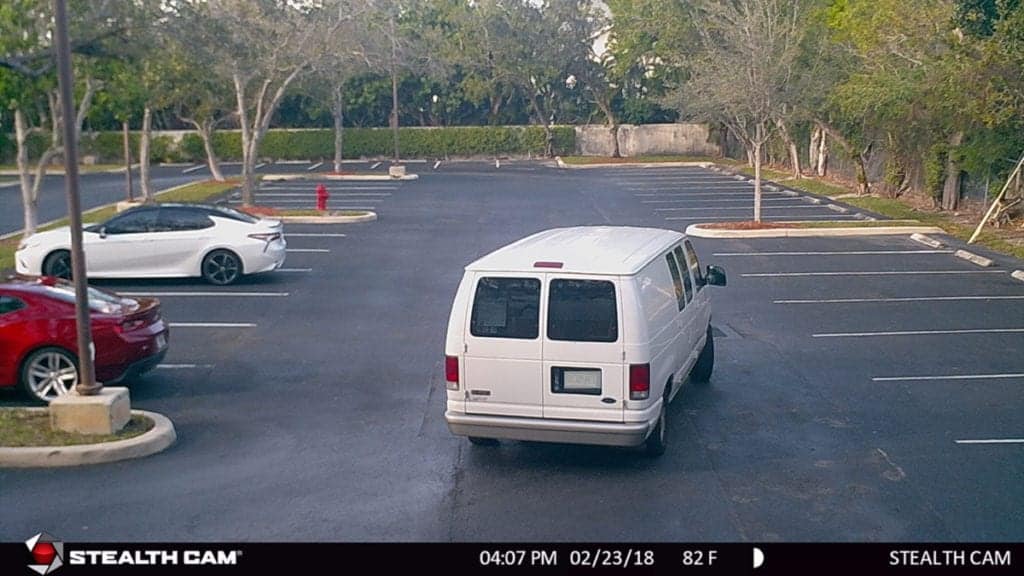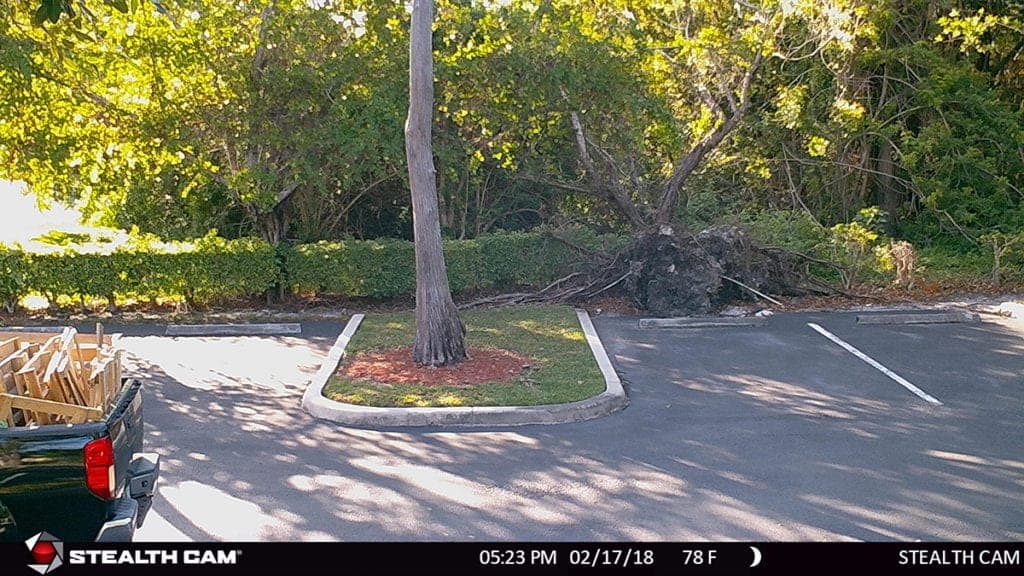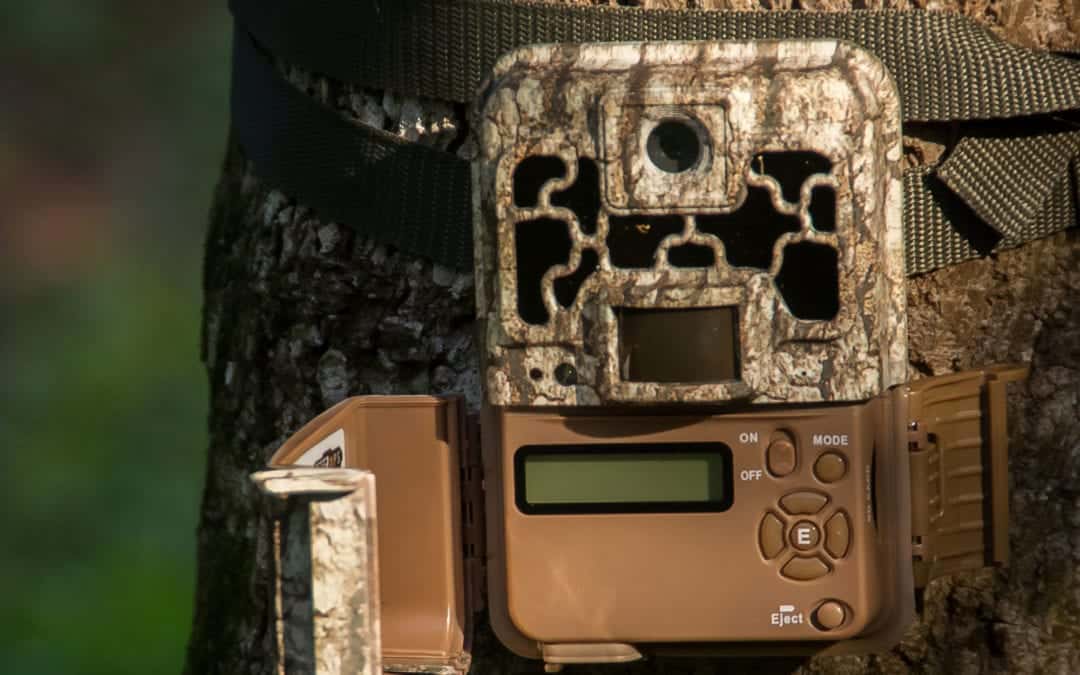In today’s age, criminal activity is multiplying at an astonishing rate. Fortunately, catching a criminal has never been easier, with the help of trail cameras for security surveillance.
Choose your configuration based on what you need
Trail cameras come in a variety of configurations, with an array of programming options. Most models are capable of taking both still photos and video. Some even capture audio. Some stealth security cameras are even capable of capturing photos in complete darkness, without a noticeable flash. And some can also capture audio.
There is only one camera that can capture license plates at night and that is the Reconyx MS7. All other infrared cameras will “white-out” the license plates at night (but they all take the pictures just fine during the day).
License plate trail cameras are specifically optimized to capture plate numbers of moving vehicles in low light. However, some of the most popular units are trail cameras that have the ability to send pictures to your phone. These security game cameras will also broadcast an image via text or email.

With a “no glow” security camera, the LEDs in the infrared flash are completely indiscernible. Intruders will be unaware of the camera’s location or existence.
Location is everything
With a security camera, location is key. For example, you don’t want to install a security camera within easy line of sight, if you know you have trespassers on your property. Cameras are made to mount easily in a high place, such as a roof, a pole, or a tree, and can be camouflaged so they are not easily seen.

Deciding which trail camera is best for your security needs depends on your application. If the camera is in a location that you can reach easily, to change the SD cards, having a basic “no glow” camera will do everything you need.
Wireless security cameras
If you want the camera to take a picture and immediately send that picture to your cell phone or email, then you need a cellular trail camera or cell phone camera. The difference between a wireless vs. cellular camera is that a Wi-Fi trail camera produces its own wireless network and/or works on Wi-Fi networks already available.
Trigger speed
Trigger speed is the amount of time that elapses from when a camera first detects motion until it captures a photo of who, or what, caused that motion.
Why should you care about trigger speed? Because a trail camera’s effectiveness is determined by several test criteria – but if you had to pick just one as “the most important,” it would be trigger speed.
Plain and simple, if your investigation camera doesn’t have a quick trigger, you’re going to get numerous photos with just half a subject and many blank photos with no target at all. Trigger speeds vary from several seconds to a lightning fast 1/20th of a second. The best performing game cameras have speeds of 0.5 seconds or less.
The Triggernator (computer-controlled testing device) consistently moves a heat source across the face of the test camera, triggering a stopwatch at the precise instant the heat source bisects the camera’s PIR detection sensor. A photo is captured, revealing the test camera’s trigger time accurate to 4/1000th of a second. The consistency is incredible!
Use this information and criteria to find the camera that’s best for you to catch them in the act!


About the Author





Hi Conrad – thanks for you feedback! We would love to answer any questions you may have on this topic. Feel free to call our office at 561-362-7724 or via email at team@fairmanassociates.com.